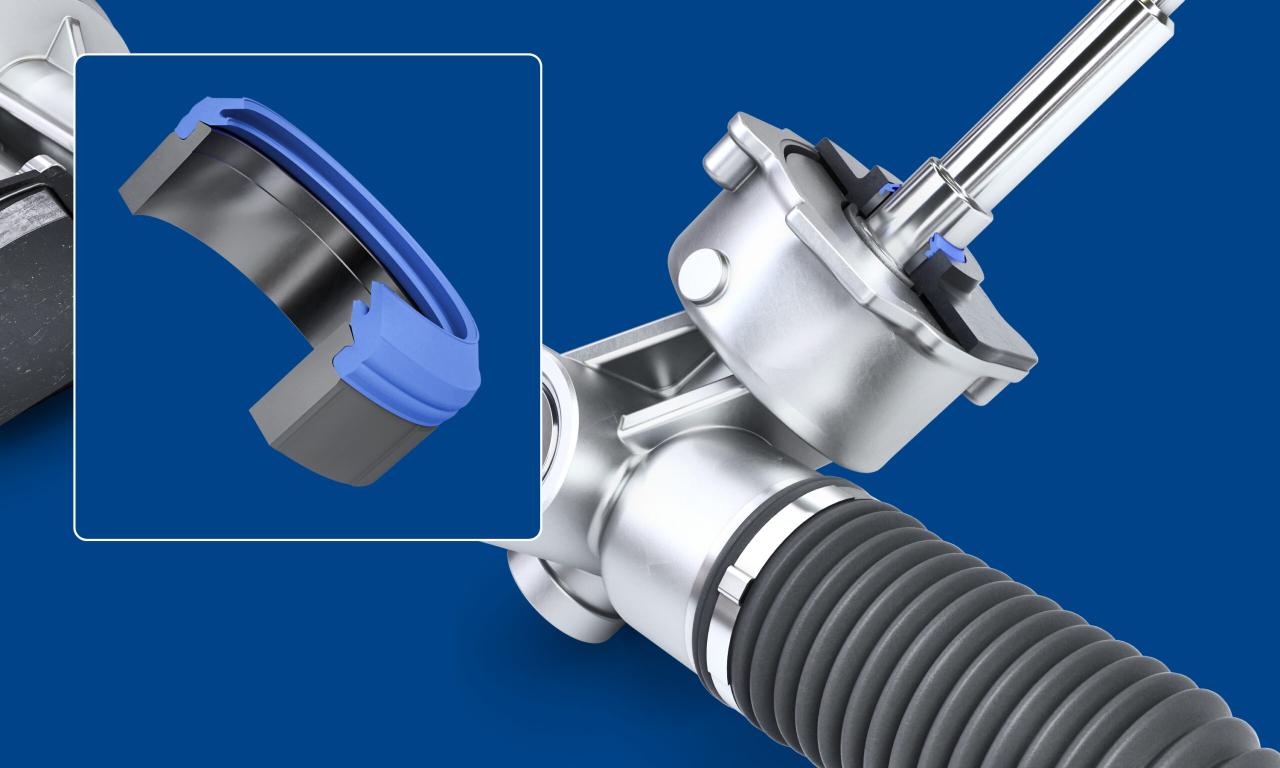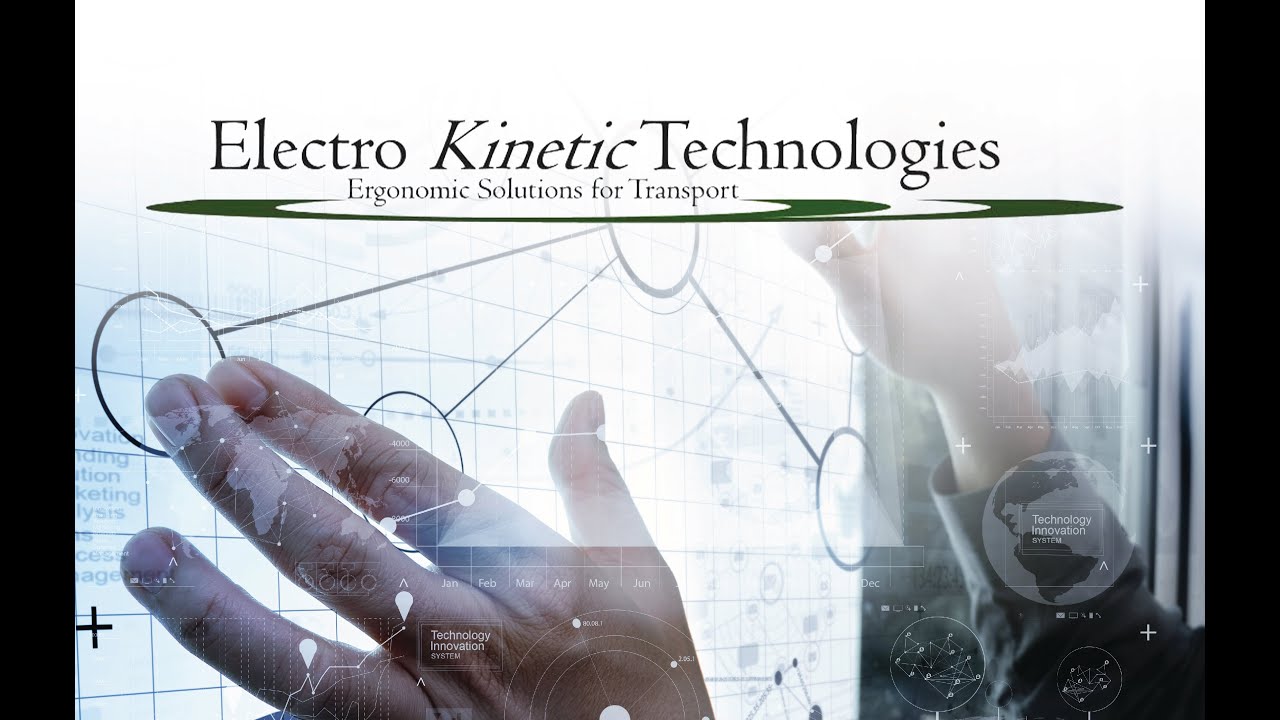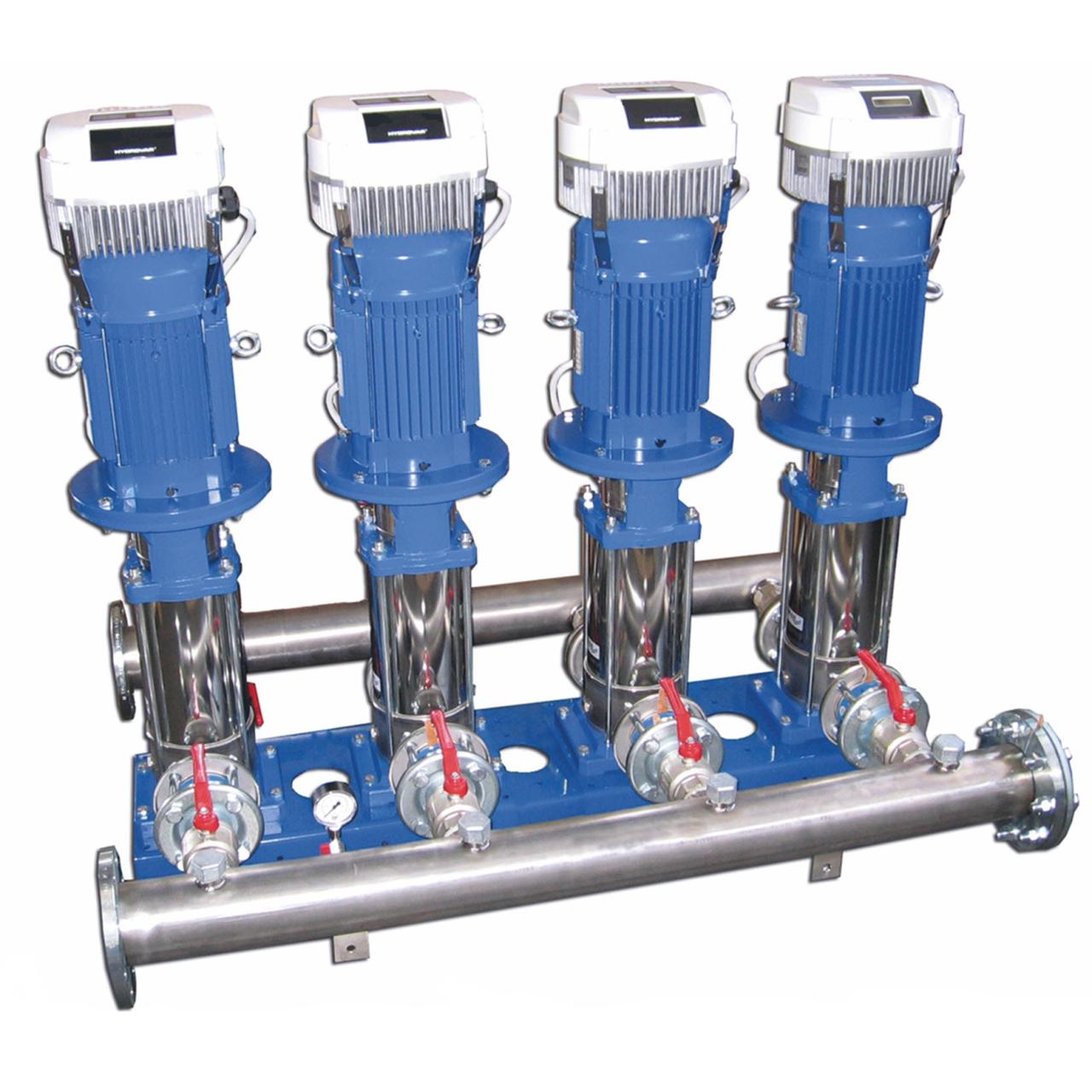Biomedical Engineering Technology Degree: A Pathway to Healthcare Innovation
A biomedical engineering technology degree opens doors to a world where innovation meets healthcare. This interdisciplinary field combines engineering principles with biological and medical knowledge, leading to advancements that improve […]
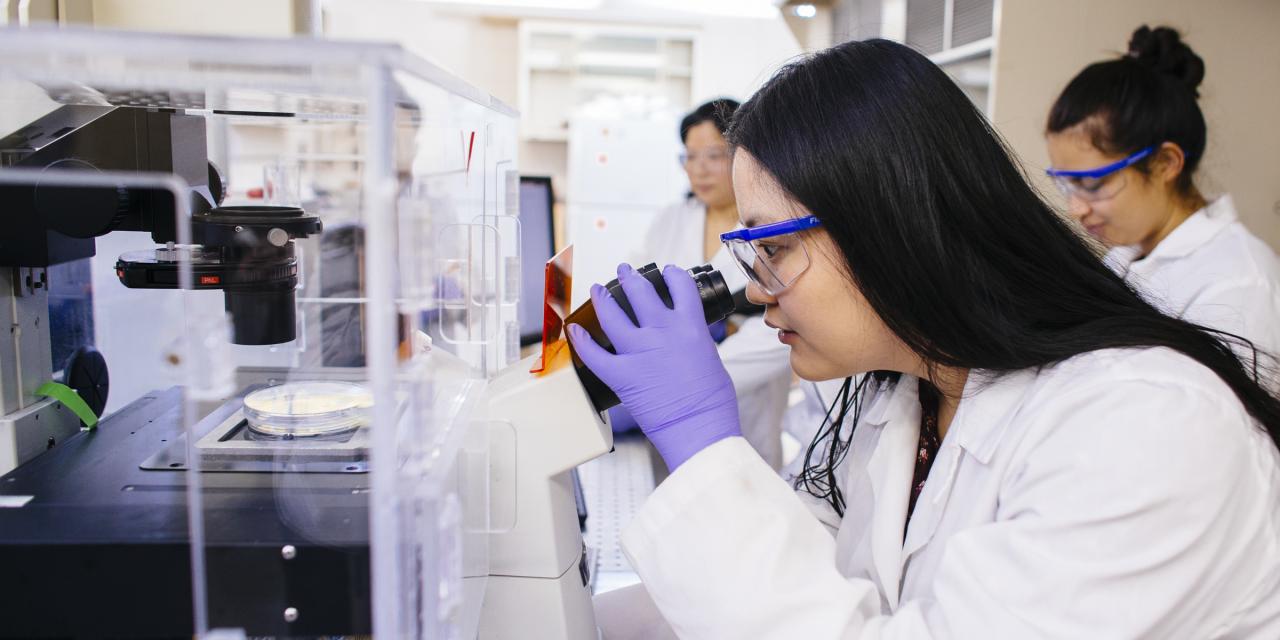
A biomedical engineering technology degree opens doors to a world where innovation meets healthcare. This interdisciplinary field combines engineering principles with biological and medical knowledge, leading to advancements that improve lives. From designing cutting-edge medical devices to developing life-saving therapies, biomedical engineers are at the forefront of revolutionizing healthcare.
The field has a rich history, evolving alongside medical technology. Early pioneers like Willem Einthoven, who developed the first electrocardiogram, paved the way for modern advancements. Today, biomedical engineers tackle complex challenges, leveraging artificial intelligence, bioprinting, and wearable sensors to create solutions that address unmet needs in healthcare.
Introduction to Biomedical Engineering Technology
Biomedical engineering technology is a multidisciplinary field that combines engineering principles with biological and medical sciences to develop and apply technological solutions for healthcare. Biomedical engineers and technologists work collaboratively to address complex challenges in healthcare, improving patient outcomes and enhancing the quality of life.
The field has evolved significantly over the years, driven by advancements in technology and a growing understanding of biological systems.
Historical Development of Biomedical Engineering Technology
The roots of biomedical engineering technology can be traced back to ancient times, with early examples of prosthetic limbs and surgical instruments. However, the field gained significant momentum in the 20th century, fueled by advancements in electronics, computing, and medical imaging.
The development of the electrocardiogram (ECG) in the early 1900s marked a turning point, enabling non-invasive monitoring of heart activity. The invention of the pacemaker in the 1950s revolutionized the treatment of heart conditions. The development of computed tomography (CT) and magnetic resonance imaging (MRI) in the 1970s and 1980s provided powerful tools for diagnosis and treatment planning.
The field continues to evolve rapidly, with new technologies emerging constantly, such as artificial intelligence (AI), nanotechnology, and regenerative medicine.
Key Areas of Focus within Biomedical Engineering Technology
Biomedical engineering technology encompasses a wide range of areas, each with its own unique challenges and opportunities.
- Biomaterials and Tissue Engineering: This area focuses on developing new materials and techniques for repairing or replacing damaged tissues and organs. Examples include artificial skin grafts, bone implants, and engineered cartilage.
- Medical Devices and Instrumentation: Biomedical engineers design and develop a wide range of medical devices, from simple instruments to complex systems. This includes diagnostic equipment like ultrasound machines, surgical robots, and implantable devices like pacemakers and insulin pumps.
- Biomedical Imaging: This area involves the development and application of imaging technologies for medical diagnosis and treatment. Examples include X-ray imaging, CT scans, MRI scans, and ultrasound imaging.
- Biomechanics and Rehabilitation Engineering: This area focuses on the application of mechanical principles to understand and improve human movement. This includes the design of prosthetics, orthotics, and assistive devices for individuals with disabilities.
- Bioinformatics and Biosignal Processing: This area involves the analysis and interpretation of biological data, including genetic information, medical images, and physiological signals. This data is used to develop diagnostic tools, personalize treatment plans, and advance our understanding of disease processes.
Curriculum and Coursework
A biomedical engineering technology degree program equips students with the knowledge and skills necessary to design, develop, and test medical devices and equipment. The curriculum typically encompasses a blend of engineering principles, biological sciences, and technology, providing a comprehensive understanding of the field.
The curriculum for a biomedical engineering technology degree program typically covers a wide range of subjects, including engineering fundamentals, biology, and medical device technology.
Core Courses
Core courses provide a strong foundation in the fundamental principles of biomedical engineering technology.
| Course Name | Description | Prerequisites | Credits |
|---|---|---|---|
| Introduction to Biomedical Engineering Technology | Provides an overview of the field of biomedical engineering technology, including its history, applications, and ethical considerations. | None | 3 |
| Engineering Mechanics | Covers the fundamental principles of statics, dynamics, and mechanics of materials, which are essential for understanding the behavior of medical devices. | None | 3 |
| Circuit Analysis | Explores the fundamentals of electrical circuits, including basic circuit elements, circuit laws, and analysis techniques. | None | 3 |
| Introduction to Biology | Provides a foundational understanding of biological systems, including cell structure, biochemistry, and human physiology. | None | 3 |
Hands-on Laboratory Experience and Project Work
Hands-on laboratory experience and project work are integral components of a biomedical engineering technology degree program. These experiences provide students with the opportunity to apply theoretical concepts to real-world scenarios and develop practical skills.
Specializations and Career Paths

A biomedical engineering technology degree opens doors to a wide range of specializations and career paths. This section will delve into some common specializations and explore the various career options available to graduates.
Bioinstrumentation
Bioinstrumentation focuses on the design, development, and application of instruments and devices used in healthcare. This specialization involves understanding the principles of biological systems and applying engineering principles to create devices for diagnosis, monitoring, and treatment.
Bioinstrumentation specialists often work in research and development, designing new medical devices or improving existing ones. They might also be involved in the manufacturing, testing, and quality control of medical devices.
Biomaterials
Biomaterials delve into the study and development of materials used in medical devices, implants, and drug delivery systems. This specialization requires a deep understanding of how materials interact with biological systems, considering factors like biocompatibility, biodegradability, and mechanical properties.
Biomaterials specialists are essential in developing artificial organs, tissue engineering, drug delivery systems, and other medical applications. They work in research and development, product design, and manufacturing, ensuring the safety and effectiveness of biomaterials used in healthcare.
Medical Imaging, Biomedical engineering technology degree
Medical imaging encompasses the use of technology to create images of the human body for diagnostic and therapeutic purposes. This specialization involves understanding various imaging modalities, such as X-ray, ultrasound, magnetic resonance imaging (MRI), and computed tomography (CT) scans.
Medical imaging specialists are responsible for operating, maintaining, and troubleshooting imaging equipment. They also play a crucial role in image analysis, interpretation, and reporting, assisting physicians in making accurate diagnoses and treatment plans.
Rehabilitation Engineering
Rehabilitation engineering focuses on developing assistive devices and technologies to improve the quality of life for individuals with disabilities. This specialization involves understanding the needs of people with disabilities and applying engineering principles to create solutions that enhance their mobility, communication, and independence.
Rehabilitation engineers work in research and development, designing and testing assistive devices. They also work in clinical settings, adapting and fitting devices to individual needs and providing training to users.
Skills and Knowledge
A biomedical engineering technology degree equips you with a comprehensive set of skills and knowledge essential for success in this dynamic field. You’ll gain a strong foundation in engineering principles, biological sciences, and medical technology, preparing you for a wide range of roles in the healthcare industry.
Problem-Solving, Critical Thinking, and Teamwork
These skills are crucial for biomedical engineering technologists, as they often face complex challenges in developing and applying medical technologies. Problem-solving involves identifying and analyzing issues, developing solutions, and implementing them effectively. Critical thinking allows you to evaluate information, make informed decisions, and adapt to changing circumstances. Teamwork is essential for collaboration with other professionals, such as engineers, doctors, and nurses, to ensure successful project outcomes.
Technical Skills
- Computer Programming: Proficiency in programming languages like Python, C++, or MATLAB is essential for developing software applications used in medical devices, data analysis, and simulations. Biomedical engineering technologists often use these skills to create algorithms for image processing, device control, and data visualization.
- Electronics and Circuits: A strong understanding of electronics and circuits is crucial for designing, testing, and troubleshooting medical devices. This knowledge includes understanding components like sensors, actuators, microcontrollers, and power supplies, and applying them in real-world applications.
- Biomechanics: Biomechanics is the study of how the human body moves and functions. Biomedical engineering technologists apply biomechanical principles to design and analyze medical devices, prosthetics, and rehabilitation equipment. This includes understanding forces, motion, and the mechanics of tissues and organs.
- Medical Device Design: Biomedical engineering technologists play a key role in the design and development of medical devices. This involves applying engineering principles to create safe, effective, and user-friendly devices that meet specific clinical needs. This includes understanding regulatory guidelines, materials science, and manufacturing processes.
Technological Advancements and Future Trends: Biomedical Engineering Technology Degree
The field of biomedical engineering technology is constantly evolving, driven by groundbreaking advancements in various disciplines. These technological innovations are revolutionizing healthcare practices, enhancing patient care, and expanding the possibilities for medical breakthroughs.
Artificial Intelligence and Machine Learning
Artificial intelligence (AI) and machine learning (ML) are transforming the way we diagnose, treat, and manage diseases. AI algorithms can analyze vast amounts of medical data, identifying patterns and insights that may be missed by human observation. This capability has applications in various areas, including:
- Image analysis: AI-powered algorithms can analyze medical images like X-rays, CT scans, and MRIs to detect abnormalities and assist in diagnosis.
- Disease prediction: ML models can predict the risk of developing certain diseases based on individual factors, allowing for early intervention and preventative measures.
- Drug discovery: AI can accelerate the process of drug development by identifying potential drug candidates and optimizing their design.
- Personalized medicine: AI can tailor treatment plans to individual patients based on their genetic makeup, lifestyle, and medical history.
Bioprinting and Tissue Engineering
Bioprinting and tissue engineering are emerging fields that hold immense potential for regenerative medicine. Bioprinting involves using 3D printing technology to create living tissues and organs. These bioprinted structures can be used for research, drug testing, and ultimately, transplantation.
- Organ transplantation: Bioprinted organs can be used to replace damaged or diseased organs, reducing the need for organ donors.
- Drug testing: Bioprinted tissues can be used to test the effectiveness and safety of new drugs before human trials.
- Skin grafts: Bioprinted skin grafts can be used to treat burns and other skin injuries.
Wearable Sensors and Remote Monitoring
Wearable sensors and remote monitoring technologies are enabling continuous health monitoring and early detection of health issues. These devices can track vital signs like heart rate, blood pressure, and oxygen levels, providing real-time data to healthcare professionals.
- Chronic disease management: Wearable sensors can help manage chronic diseases like diabetes, heart failure, and asthma by providing continuous monitoring and alerts.
- Early disease detection: Remote monitoring can identify early signs of health problems, allowing for prompt intervention and potentially preventing serious complications.
- Fitness and wellness: Wearable devices can track physical activity, sleep patterns, and other health metrics, promoting a healthier lifestyle.
Robotics and Assistive Devices
Robotics and assistive devices are revolutionizing healthcare by providing assistance with tasks that are difficult or impossible for humans to perform. Surgical robots, for example, can perform complex procedures with greater precision and accuracy.
- Minimally invasive surgery: Surgical robots can perform surgery through small incisions, reducing pain, recovery time, and complications.
- Rehabilitation: Assistive devices can help individuals with disabilities regain mobility and independence.
- Telemedicine: Robots can be used to provide remote healthcare services, expanding access to medical care in underserved areas.
Importance of Ethics and Professionalism
Biomedical engineering technology, at its core, deals with the intricate intersection of engineering principles and healthcare. This inherently necessitates a strong ethical foundation, as the decisions and actions of biomedical engineers directly impact the well-being of patients. The field is governed by a set of ethical principles and professional standards that ensure responsible and compassionate development, implementation, and use of medical technologies.
Ethical Considerations in Biomedical Engineering Technology
The ethical considerations in biomedical engineering technology are multifaceted and demand a comprehensive understanding of the potential impact of technological advancements on human health and society.
- Patient Safety and Well-being: The paramount concern is the safety and well-being of patients. Biomedical engineers must prioritize the design, development, and implementation of technologies that minimize risks and maximize benefits. This includes rigorous testing, adherence to regulatory standards, and ongoing monitoring of device performance.
- Confidentiality and Privacy: Medical devices often collect sensitive patient data, such as health records and physiological information. Biomedical engineers must uphold strict confidentiality and privacy standards to protect this data from unauthorized access or misuse.
- Informed Consent: Patients must be fully informed about the potential risks and benefits of using medical devices. Biomedical engineers play a crucial role in ensuring that patients understand the implications of these technologies and have the opportunity to provide informed consent before using them.
- Equity and Accessibility: Biomedical technologies should be accessible to all individuals, regardless of their socioeconomic status, geographical location, or health condition. Engineers must consider the potential for disparities in access and strive to develop technologies that are equitable and affordable.
- Environmental Impact: The development and disposal of medical devices can have environmental implications. Biomedical engineers should consider the environmental impact of their work and strive to develop sustainable and eco-friendly technologies.
Importance of Professional Standards and Regulations
Professional standards and regulations are crucial for ensuring the safety, effectiveness, and ethical use of biomedical technologies. They provide a framework for accountability, transparency, and ethical conduct.
- Professional Organizations: Biomedical engineers are often members of professional organizations, such as the Biomedical Engineering Society (BMES) and the Institute of Electrical and Electronics Engineers (IEEE), which establish ethical codes of conduct and promote best practices.
- Regulatory Bodies: Government agencies, such as the Food and Drug Administration (FDA) in the United States, play a vital role in regulating the development, manufacturing, and marketing of medical devices. These regulations ensure that devices meet safety and efficacy standards before they are released to the public.
- Quality Assurance and Standards: Biomedical engineers must adhere to strict quality assurance and standards to ensure the reliability and performance of medical devices. This includes following established protocols for design, testing, and manufacturing.
- Continuing Education: The field of biomedical engineering is constantly evolving, with new technologies and ethical challenges emerging. Biomedical engineers are expected to engage in ongoing professional development to stay abreast of these advancements and maintain their ethical competence.
Ethical Dilemmas and Navigation
Biomedical engineers may encounter ethical dilemmas in their work, where competing values or principles may come into conflict. For example, they may face situations where a new technology could improve patient outcomes but carries some risks or where the cost of a device may be prohibitive for some patients.
- Ethical Frameworks: Biomedical engineers can utilize ethical frameworks, such as utilitarianism (maximizing benefits for the greatest number of people) or deontology (following moral rules and principles), to guide their decision-making in such situations.
- Consultation and Collaboration: When facing ethical dilemmas, it is essential to consult with colleagues, supervisors, ethics committees, or other relevant experts. Collaborative decision-making can help ensure that all perspectives are considered and that decisions are made in a responsible and ethical manner.
- Professional Judgment: Ultimately, biomedical engineers must rely on their professional judgment and ethical compass to navigate these dilemmas. They should consider the potential consequences of their actions, weigh the competing values, and strive to make decisions that are both ethically sound and beneficial to patients.
Resources and Organizations
Navigating the world of biomedical engineering technology requires access to valuable resources and a network of professionals. Fortunately, numerous organizations and societies cater specifically to biomedical engineers, providing support, guidance, and opportunities for advancement. This section delves into the resources available, including professional organizations, financial aid options, and online tools for research and career exploration.
Professional Organizations and Societies
Professional organizations play a vital role in connecting biomedical engineers, fostering collaboration, and promoting the advancement of the field. These organizations offer various benefits, including networking opportunities, access to industry publications, continuing education programs, and advocacy efforts.
- The Biomedical Engineering Society (BMES): BMES is a prominent international organization dedicated to promoting biomedical engineering research, education, and innovation. It offers membership benefits such as access to publications, conferences, and networking events.
- The American Society for Engineering Education (ASEE): ASEE is a comprehensive organization for engineering educators and professionals, with a dedicated focus on biomedical engineering. It provides resources for educators, including curriculum development support and professional development opportunities.
- The Institute of Electrical and Electronics Engineers (IEEE): IEEE encompasses a broad range of engineering disciplines, including biomedical engineering. It offers specialized societies, such as the IEEE Engineering in Medicine and Biology Society (EMBS), which focus on specific areas within biomedical engineering.
- The American Society of Mechanical Engineers (ASME): ASME plays a crucial role in advancing mechanical engineering, including its application in biomedical engineering. It offers resources and networking opportunities for professionals involved in medical device design and development.
Financial Aid and Scholarships
Pursuing a biomedical engineering technology degree can be financially demanding. However, numerous scholarships, grants, and other financial aid opportunities exist to support students in their academic endeavors.
- Federal Grants: The Federal Pell Grant program provides need-based financial assistance to undergraduate students. Other federal grant programs, such as the Federal Supplemental Educational Opportunity Grant (FSEOG), are also available.
- State Grants: Many states offer grant programs specifically for students pursuing STEM fields, including biomedical engineering. These grants often have specific eligibility requirements, such as residency and academic performance.
- University Scholarships: Universities often offer scholarships to students based on academic merit, financial need, or specific program requirements. These scholarships can cover tuition, fees, and living expenses.
- Private Scholarships: Numerous private organizations and foundations offer scholarships to students pursuing biomedical engineering. These scholarships may be based on factors such as academic achievement, community involvement, or specific areas of research interest.
Online Resources and Databases
The internet provides a wealth of resources for biomedical engineering students, researchers, and professionals. Online databases, research platforms, and career exploration tools can facilitate learning, research, and career development.
- PubMed: PubMed is a comprehensive database of biomedical literature, providing access to millions of research articles, clinical trials, and other publications. It is a valuable resource for students and researchers seeking to stay abreast of the latest advancements in the field.
- ScienceDirect: ScienceDirect is another extensive database offering access to peer-reviewed research articles, books, and other scholarly materials in various scientific disciplines, including biomedical engineering.
- Indeed: Indeed is a popular job search platform that allows users to search for job openings in biomedical engineering and related fields. It provides insights into current job market trends and salary expectations.
- LinkedIn: LinkedIn is a professional networking platform that enables users to connect with other professionals in their field. It is a valuable tool for networking, job searching, and staying informed about industry trends.
Final Review
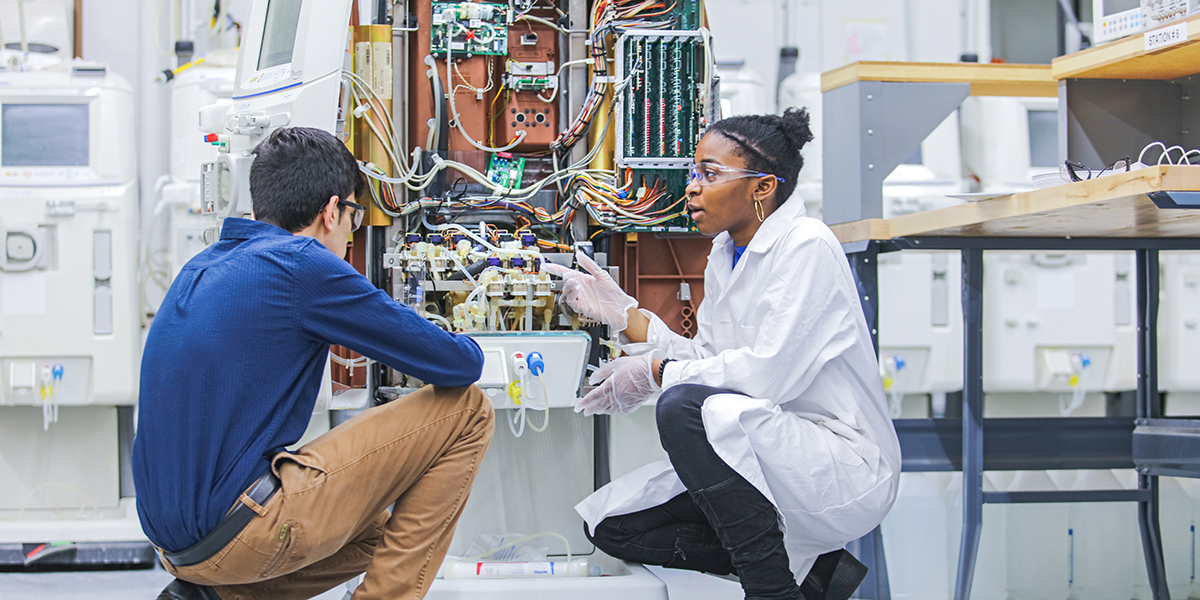
A biomedical engineering technology degree is a gateway to a rewarding career with a profound impact on human health. It equips individuals with the skills and knowledge to drive innovation, solve critical problems, and contribute to a brighter future in healthcare. As technology continues to evolve, the demand for skilled biomedical engineers will only grow, ensuring a promising and fulfilling career path for those passionate about improving lives.
A biomedical engineering technology degree equips you with the skills to design and develop medical devices and technologies. This field is constantly evolving, with advancements in areas like cloud computing playing a significant role. For instance, american virtual cloud technologies ireland are driving innovation in data storage and analysis, which are crucial for biomedical research and development.
The integration of cloud technologies into the biomedical field is paving the way for more efficient and personalized healthcare solutions.
